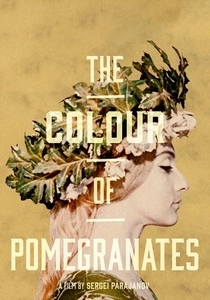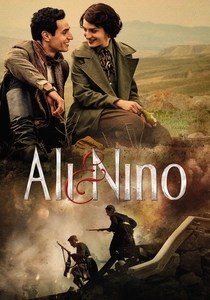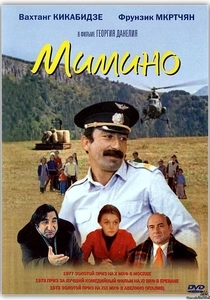The Caucasus region, known for its breathtaking landscapes, rich cultural heritage, and complex history, has inspired numerous filmmakers to capture its essence on screen. This curated collection of 10 films not only showcases the diversity of the Caucasus but also provides a window into the lives, traditions, and challenges faced by its people. From historical dramas to modern narratives, these films offer viewers a chance to immerse themselves in the vibrant world of the Caucasus, making it an invaluable watch for anyone interested in regional cinema or seeking to understand this unique part of the world.

The Color of Pomegranates (1969)
Description: A visually stunning Armenian film that uses surreal imagery to depict the life of the poet Sayat-Nova, reflecting the cultural depth of the Caucasus.
Fact: The film was banned in the Soviet Union for its experimental style and perceived lack of political content.
 Watch Now
Watch Now 
The Witness (1986)
Description: This Georgian film explores the life of a man who becomes a witness to a murder, delving into themes of justice and morality in a Caucasus setting.
Fact: It was one of the first Georgian films to gain international recognition for its narrative depth.
 Watch Now
Watch Now 
The Hunter (2010)
Description: An Iranian film set in the Caucasus, it follows a man who becomes a hunter to provide for his family, exploring themes of survival and the impact of war on individuals.
Fact: The film was shot in the mountainous regions of Azerbaijan, showcasing the natural beauty of the area.
 Watch Now
Watch Now 
Tangerines (2013)
Description: Set during the Abkhazian War, this film tells the story of an Estonian man who helps two wounded soldiers from opposing sides, highlighting the human side of conflict in the Caucasus.
Fact: The film was Estonia's submission for the Best Foreign Language Film at the 87th Academy Awards.
 Watch Now
Watch Now 
Ali and Nino (2016)
Description: This romantic drama set in Baku during the early 20th century explores the love story between an Azerbaijani Muslim and a Georgian Christian, against the backdrop of the region's turbulent history.
Fact: The film was shot in Azerbaijan, Georgia, and Turkey to authentically represent the diverse settings of the story.
 Watch Now
Watch Now 
Mimino (1977)
Description: A Soviet comedy about a Georgian helicopter pilot who dreams of becoming an international airline pilot, showcasing the humor and warmth of Caucasian characters.
Fact: The film was a major success in the Soviet Union and was one of the highest-grossing films of its time.
 30 Days Free
30 Days Free 
The Caucasus (2018)
Description: This documentary explores the geopolitical complexities of the Caucasus, focusing on the lives of ordinary people amidst the backdrop of historical conflicts and cultural richness.
Fact: The film was shot over five years, capturing real-life events as they unfolded.
 30 Days Free
30 Days Free 
The Way Home (2002)
Description: Although not directly set in the Caucasus, this South Korean film shares themes of cultural clash and family ties, similar to many Caucasus narratives.
Fact: It was the first Korean film to be released in the United States with English subtitles.
 30 Days Free
30 Days Free 
The Sun of the Sleepless (1992)
Description: A Georgian film that delves into the life of a family during the Soviet era, reflecting on the impact of political changes in the Caucasus.
Fact: The film was one of the first to openly discuss the effects of Soviet policies on Georgian culture.
 30 Days Free
30 Days Free 
Repentance (1984)
Description: A Georgian film that uses allegory to critique the Soviet regime, focusing on the aftermath of a dictator's death in a small town, reflecting on the Caucasus' political history.
Fact: The film was initially banned in the Soviet Union but later received international acclaim, including the FIPRESCI Prize at Cannes.
 30 Days Free
30 Days Free 








